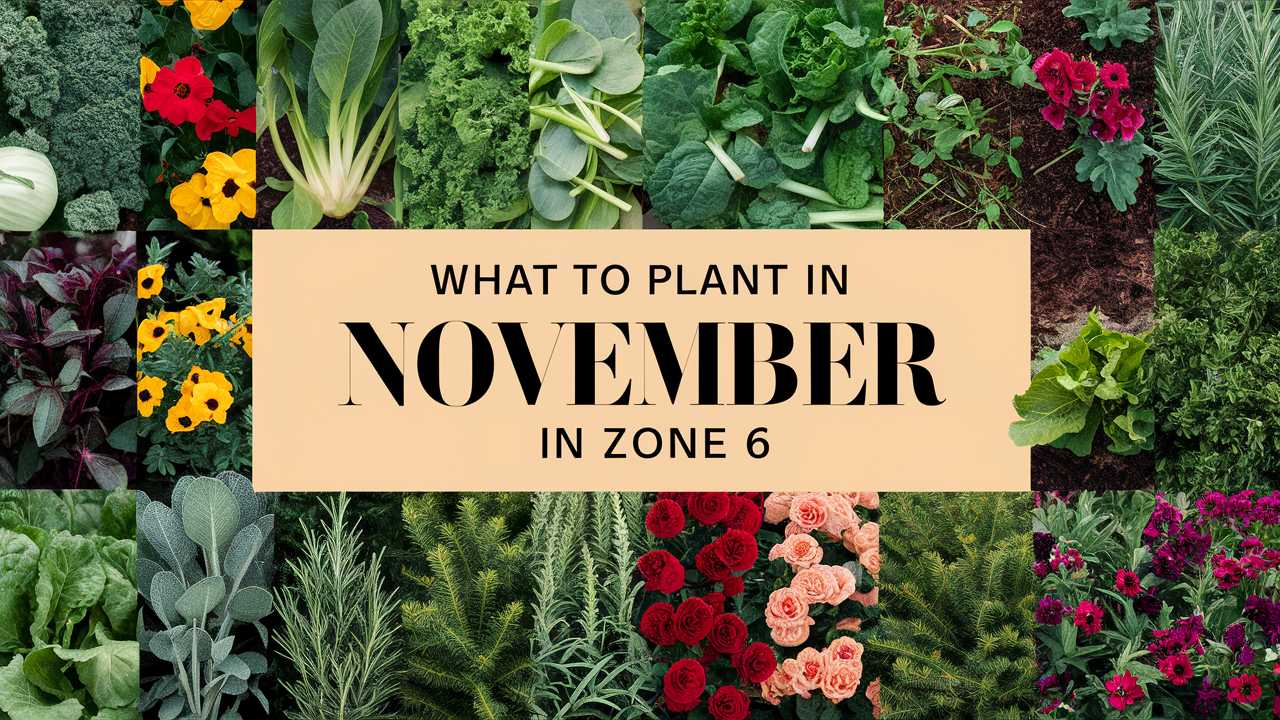Below, we dig into an array of suitable plants for November, offering insights into their hardiness and growth requirements.
Vegetables To Plant
Garlic
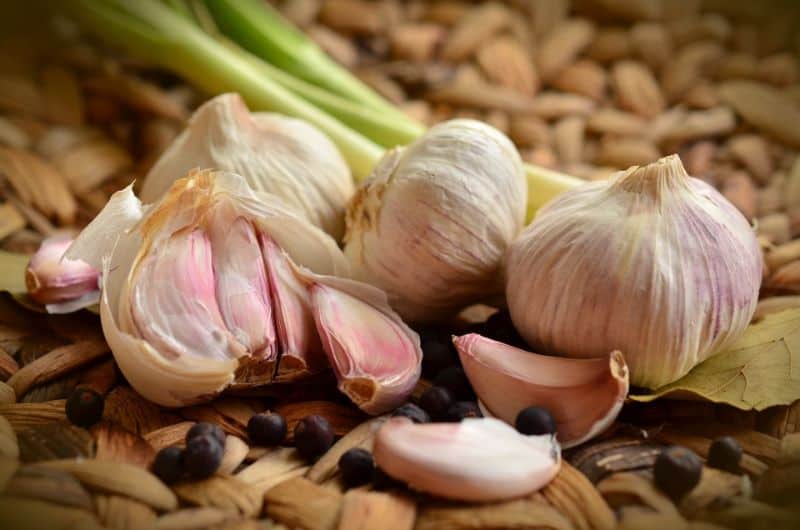
Garlic is a classic choice to plant in November, particularly in Zone 6, where the climate allows for optimal growth. This bulbous plant thrives in well-drained soil with full sunlight. When planted before the ground freezes, garlic develops a strong root system, ensuring a robust harvest in mid-summer. The ideal planting depth is about 2 inches, with cloves spaced 4-6 inches apart. Garlic is tolerant of hard frosts, making it an excellent choice for late fall planting.
Onions
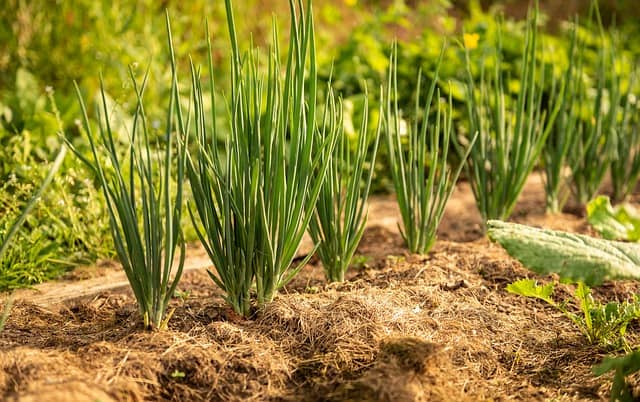
Planting garlic is an excellent precursor to putting in onions, which can also be sown in November in Zone 6. Choose overwintering onion sets or specific varieties designed for fall planting. These onions benefit from the cold as it induces dormancy, followed by an active growth phase as temperatures rise in spring. Ideally, sets should be planted 1 inch deep and spaced every 4 inches. Look for varieties such as Walla Walla or Texas Super Sweet, which are both suitable for colder climates.
Shallots
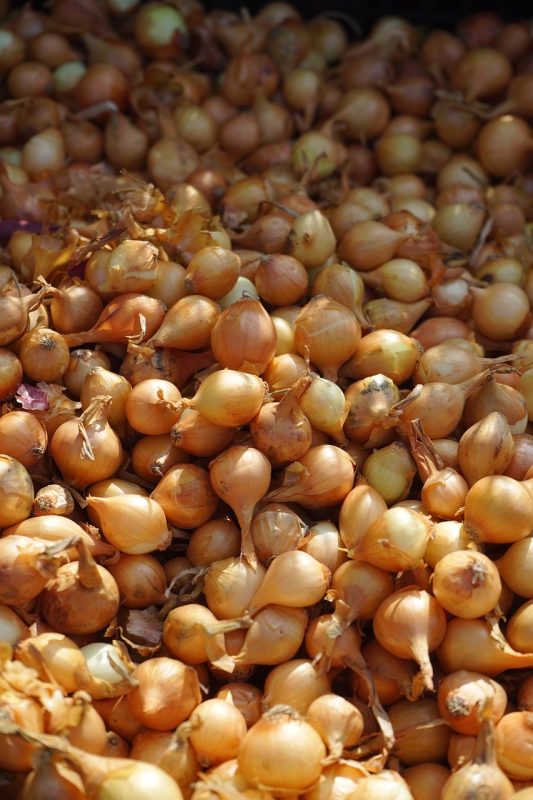
Similar to garlic and onions, shallots are a great addition for November planting. They are hardy and can withstand cold temperatures, making them perfect for the late fall garden. Shallots should be planted 2 inches deep and spaced about 6 inches apart. These flavorful bulbs require rich, well-aerated soil and will reward you with pungent, aromatic bulbs by late summer.
Spinach
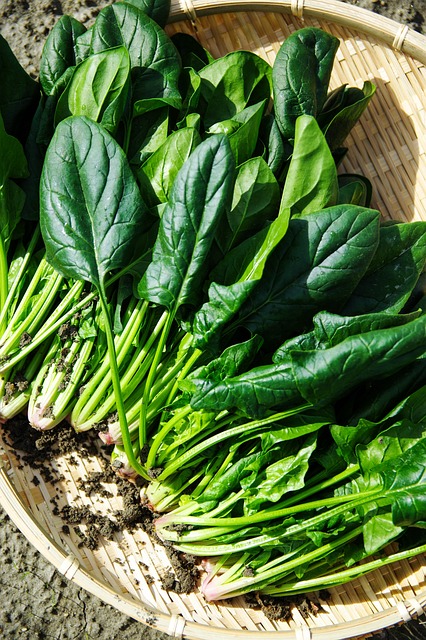
Spinach is a nutrient-rich leafy green that does exceptionally well when planted in the cool weather of November. This plant can survive frost and even snow, and its flavor intensifies after a cold snap. Seeds can be direct-sown into the ground, about ½ inch deep, and spaced 2 inches apart. For Zone 6, it’s best to cover them with a light mulch to protect from extreme cold. If conditions are favorable, you may even enjoy a harvest by early spring.
Winter Peas
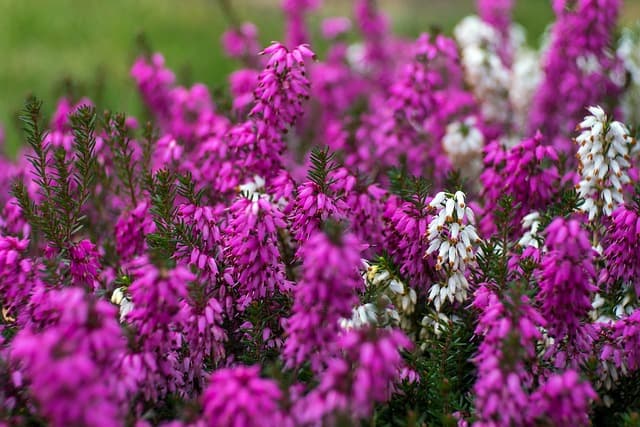
Winter peas are a unique choice for November planting. These legumes can endure the cold and will germinate when temperatures hover around 32°F. They improve soil health by fixing nitrogen and can be planted about 1-2 inches deep, with seeds spaced 2-4 inches apart. As an added benefit, winter peas provide green cover, protecting the soil during winter. In early spring, they can be harvested or tilled into the garden to enrich the soil.
Kale
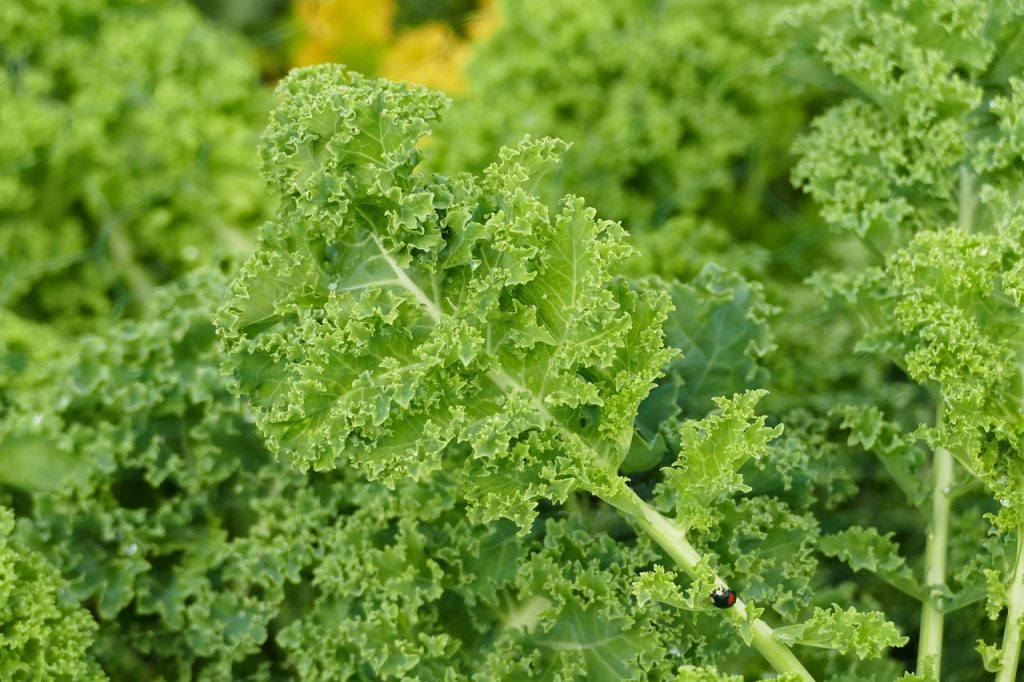
If you’re looking for hardy greens, kale is the star of the show. November is an excellent time to plant kale seeds directly in the garden or to transplant seedlings. It thrives in cooler temperatures and can withstand frost, which can even enhance its flavor. Kale should be planted approximately 1 inch deep, with 12-18 inches of spacing between plants. It will grow well into late spring with consistent care.
Carrots
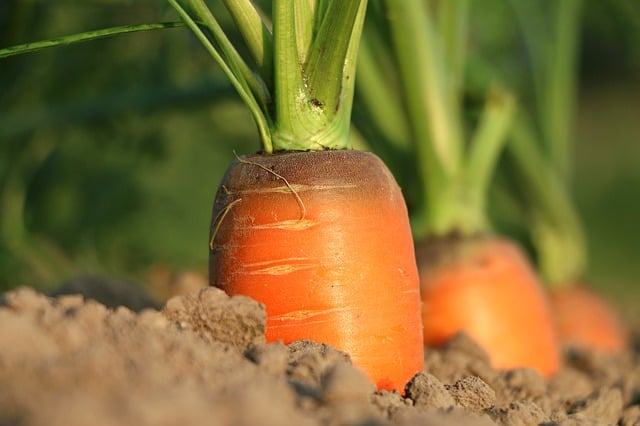
November is a surprising yet viable time to plant carrots. If you live in Zone 6, consider sowing a late crop of short-season varieties. These round, early-maturing types can flourish in cooler temperatures. Plant them about ½ inch deep and ensure the seedbed is well-prepared and free of clumps for better germination. Carrots can be mulched to extend their growing period and offer a delicious harvest the following spring.
Radishes
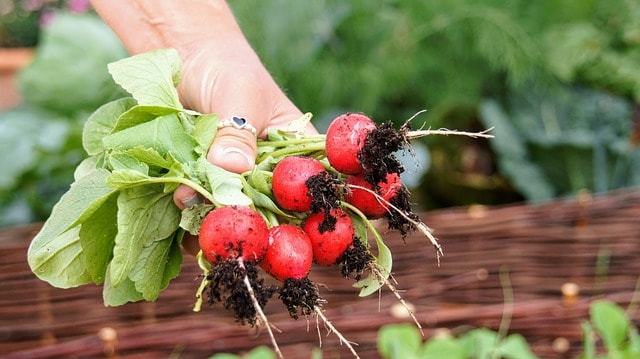
Radishes are another quick-growing crop that can be sown in November in climate-controlled environments or as a late crop. Choose varieties that mature in less than 30 days for the best results. They can be directly seeded about ½ inch deep and spaced every 1-2 inches apart. Radishes can tolerate frost, so they can continue growing into early winter, with a spicy crunch that’s perfect for salads.
Mache (Corn Salad)
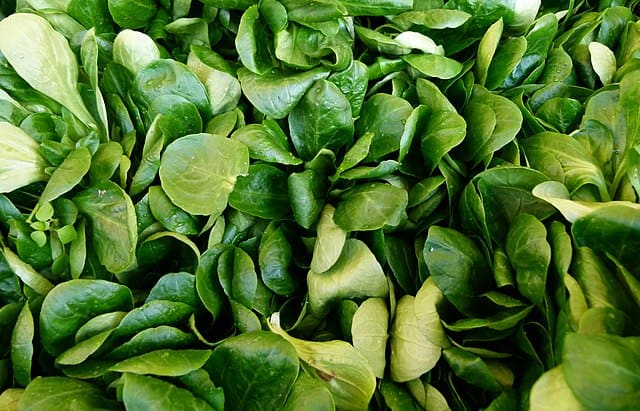
Mache, also known as corn salad, is an excellent choice for fall planting as it thrives in cool weather. This leafy green can withstand frost and will often keep producing throughout the winter. Sow seeds roughly ½ inch into the soil and provide ample spacing as the leaves can spread. Mache can be enjoyed in salads or as a garnish and is notably sweet when harvested after a frost.
Turnips
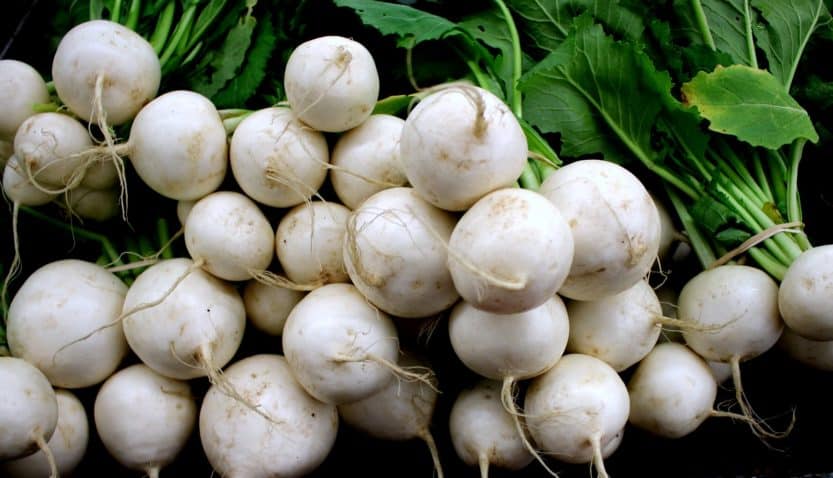
Turnips are versatile and resilient root vegetables that can be planted in late fall. They perform well in cooler temperatures, offering a sweet flavor when harvested post-frost. When planting in November, space seeds 2 inches apart and plant them ½ inch deep. These hardy plants provide both nutritious roots and tender greens, making them a fantastic multi-use crop.
Flowers To Plant
Pansies
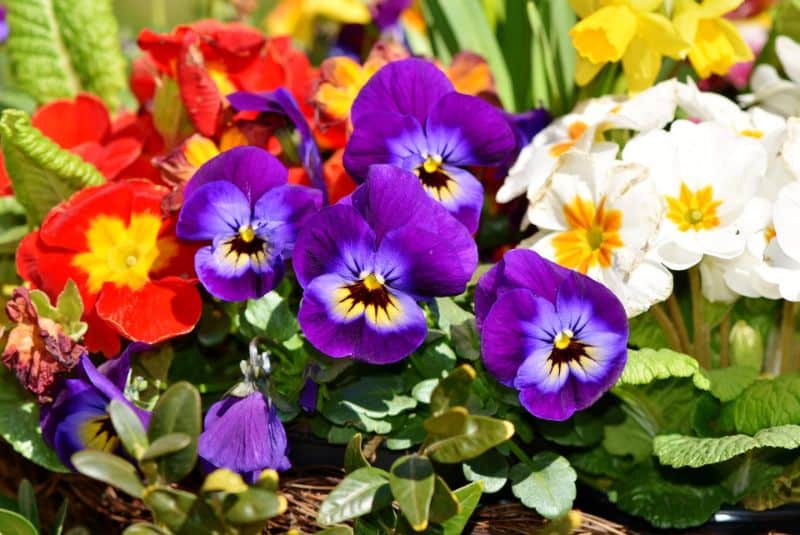
Pansies are a popular choice for November planting in Zone 6 as they can withstand cold weather and often bloom before the harshest winter settles in. These cheerful flowers can be planted in well-drained soil with full sun to partial shade. Plant them about 6-12 inches apart and ensure they are watered thoroughly. Pansies often reward gardeners with vibrant blooms in early spring, adding color to otherwise dreary landscapes.
Snapdragons
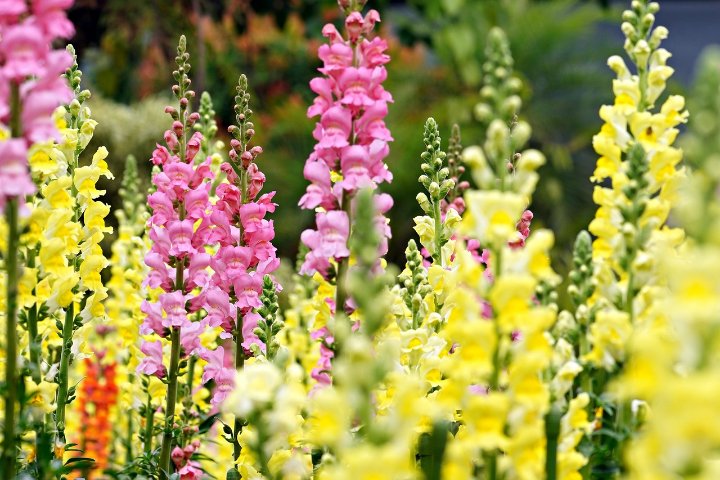
Snapdragons, known for their unique flower shapes, can also be sown in November. These resilient flowers tolerate light frost and will establish roots before winter, allowing for vibrant blooms come spring. Plant the seeds about 1/4 inch deep, with a spacing of 6-8 inches apart. Choose a sunny location with well-drained soil for optimal growth.
Winter Jasmine
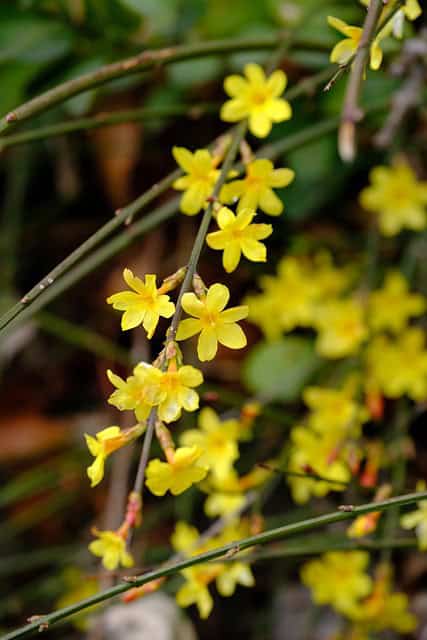
Winter jasmine adds a lovely splash of yellow to the winter landscape. While traditionally planted in the fall, it can also be introduced in November. This hardy shrub is known for its ability to flower even in colder temperatures. When planting, space them about 3 feet apart and place them in a location with well-drained soil. Winter jasmine is relatively maintenance-free and an excellent choice for ground cover.
Hellebores
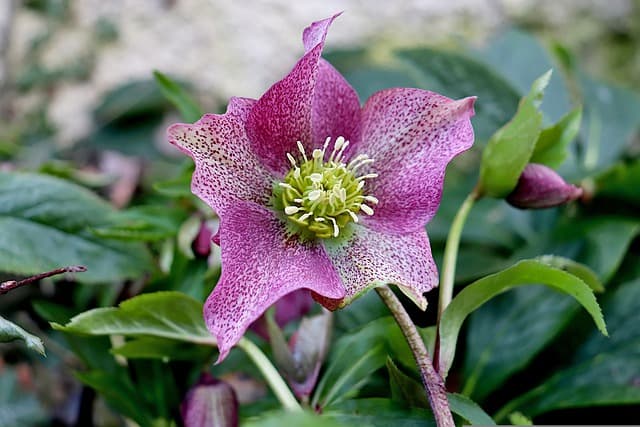
Hellebores, or Lenten roses, are beloved for their early blooms, often appearing when everything else is still dormant. November is an ideal time to plant these perennial flowers, as they can establish their root systems before winter. They thrive in semi-shade and require well-drained, organic-rich soil. Ensure spacing is about 12-18 inches apart for optimal airflow and growth.
Ornamental Cabbages and Kales
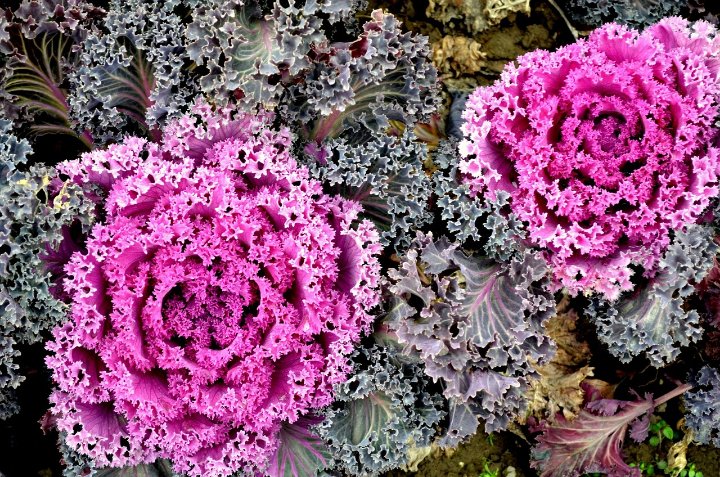
These decorative varieties are not only visually appealing but also incredibly hardy. Plant them in well-drained soil, spaced 12 inches apart. Their robust foliage is colorful and can withstand freezing temperatures, providing a burst of color in the winter landscape. They can be used as decorative elements in gardens or containers throughout the winter months.
Cyclamen
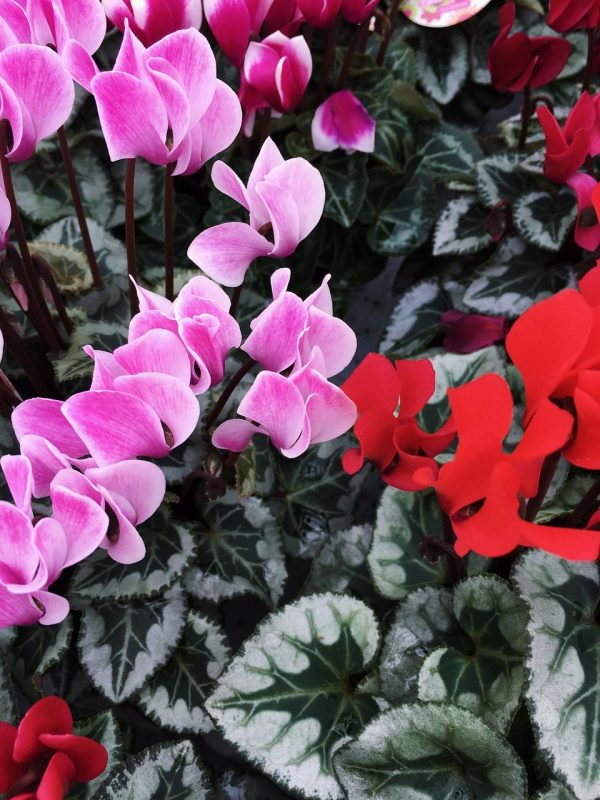
Cyclamen are charming, winter-blooming flowers that do well in the cooler weather of Zone 6. They can be planted in well-drained soil, in either partial shade or bright indoor conditions. These perennial plants prefer staying cool and will provide delicate blooms that unfold beautifully in late winter and early spring, making them a worthwhile addition to any garden.
Sweet William
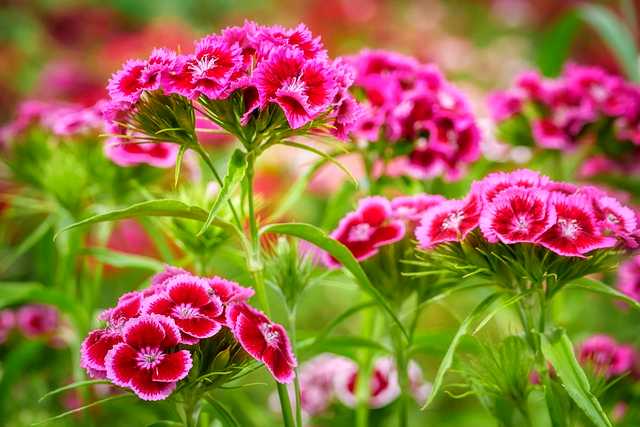
Sweet William is a biennial that can be planted in November for early blooms the following spring. These fragrant flowers thrive in rich, well-drained soil with full sun exposure. Plant seeds about ¼ inch deep, spaced about 6-12 inches apart. Their vibrant clusters add an attractive touch to borders and gardens, rewarding patience with their stunning displays.
Garden Mums
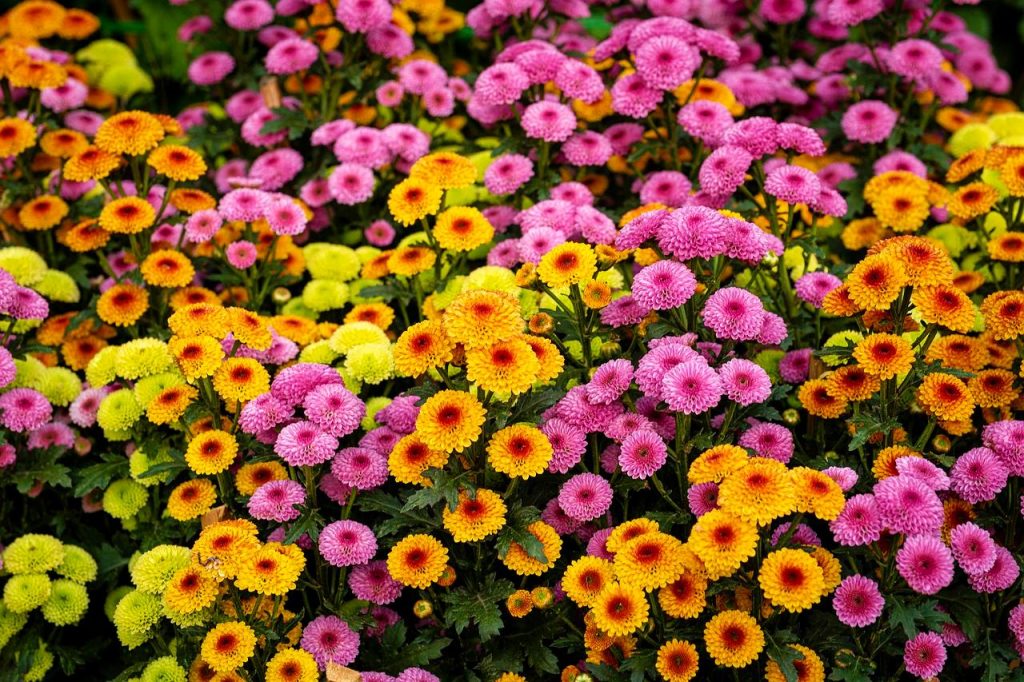
Chrysanthemums are perennial favorites that can be planted in late fall. Various cultivars are suited to the colder Zone 6 climate. Ensure they are planted in well-drained soil, with a spacing of about 18-24 inches apart. Mums can survive frost and will bloom numerous flowers in the spring, providing a vibrant addition to your garden.
Asters
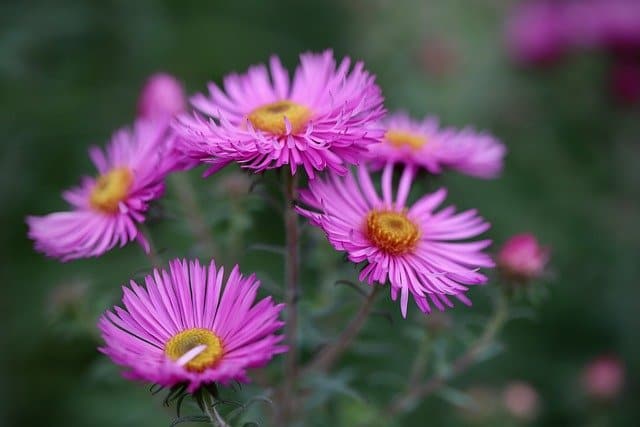
Asters are excellent late bloomers in fall, but planting in November allows for earlier spring growth. They thrive in dry, well-drained soil and can handle frost. When planting, space them 12 inches apart and ensure they receive full sunshine. With vibrant colors and a long blooming season, aster plants will attract pollinators and beautify your fall landscape.
Violas
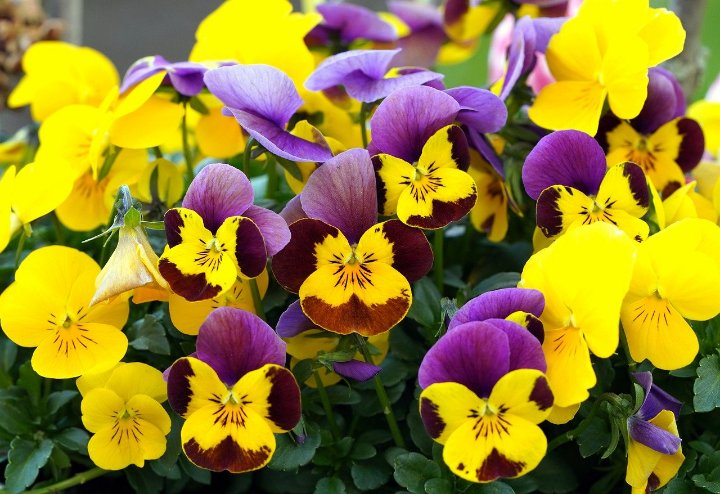
Similar to pansies, violas are hardy flowers that can inspire hope during the colder months. Their compact size makes them perfect for container gardening or borders. Plant violas about 6 inches apart in rich soil with adequate drainage. They prefer cooler weather and are quite resilient, often flowering throughout late fall and early spring.
Herbs To Plant
Rosemary
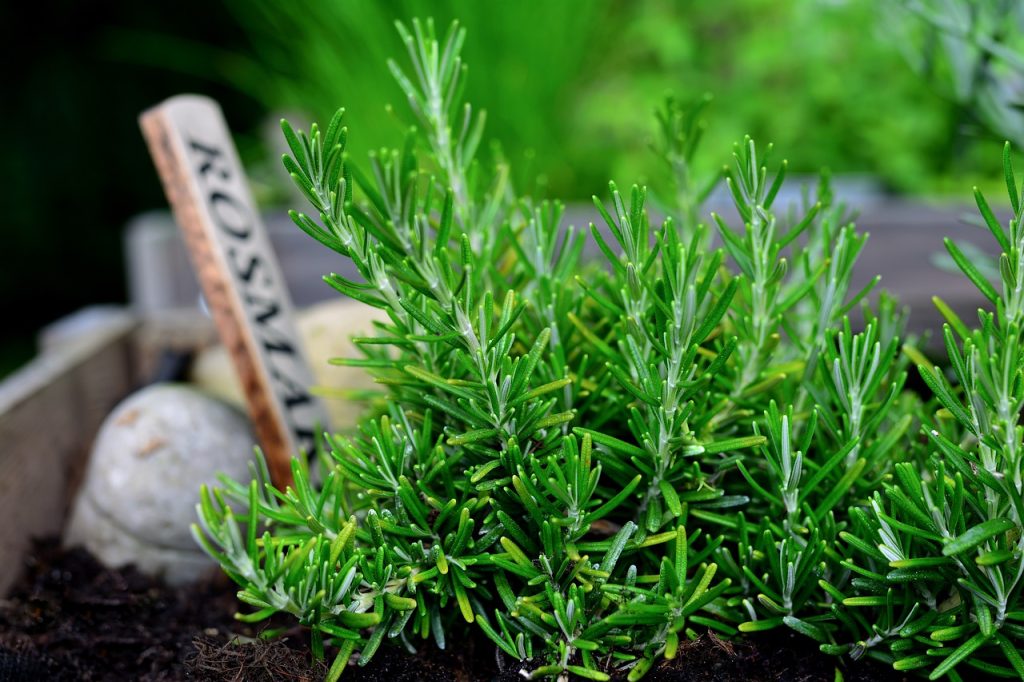
Rosemary is a hardy herb that can be planted in Zone 6 during November, especially if you choose cold-resistant varieties. This fragrant herb thrives in well-drained soil and prefers full sun. Plant rosemary about 12-24 inches apart, ensuring it has space to grow tall and bushy. While rosemary prefers warm temperatures, it can survive mild winters, making it worthwhile to establish this herb before the cold sets in.
Thyme
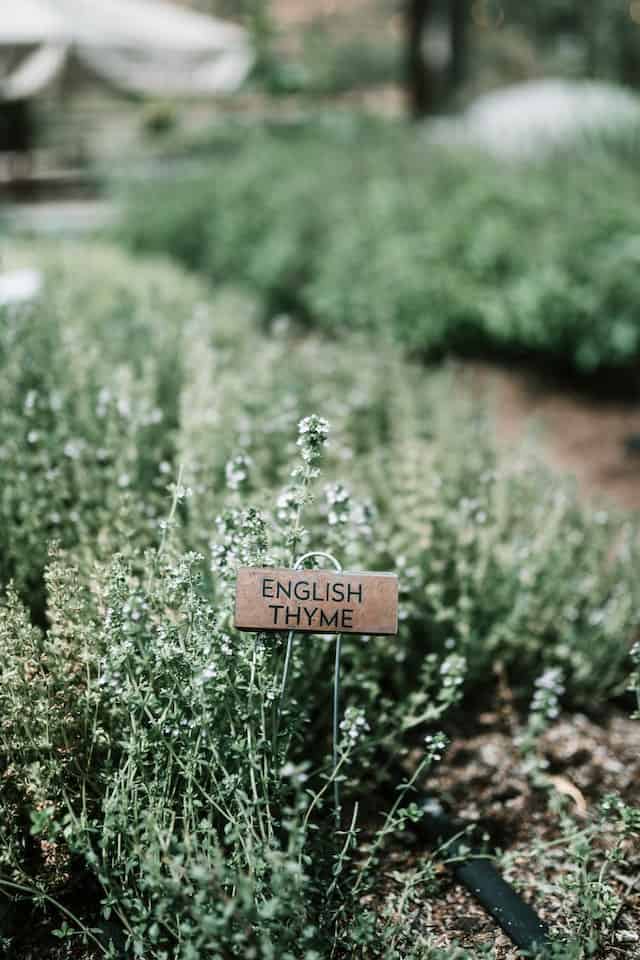
Thyme is another herb that can flourish even in the cooler months. Plant thyme in well-drained soil in a sunny location, spacing plants about 12-18 inches apart. This hardy perennial can endure frost, and once established, it grows vigorously and provides aromatic leaves for your culinary adventures. Thyme is extremely low-maintenance, making it a favorite among gardeners.
Chives
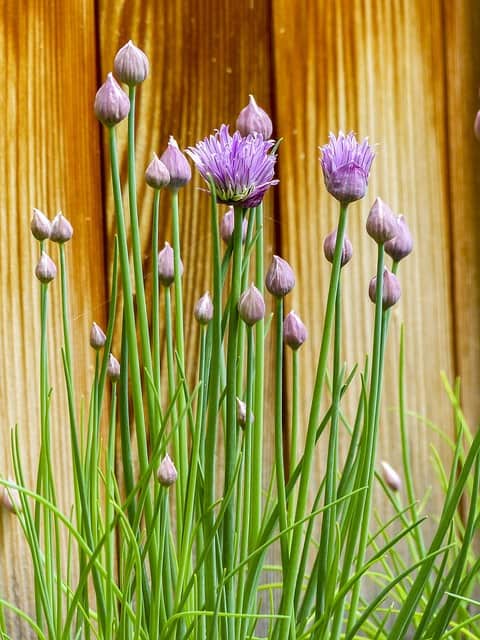
Chives are a perennial herb that’s perfect for planting in November. Their clumps can tolerate frost and will spring to life as soon as the temperatures rise. Sow seeds about ¼ inch deep, spacing them 6-12 inches apart. Chives are excellent for culinary use, offering mild, onion-like flavors to dishes and garnishes. Their purple blossoms add aesthetic appeal in the garden as well.
Oregano
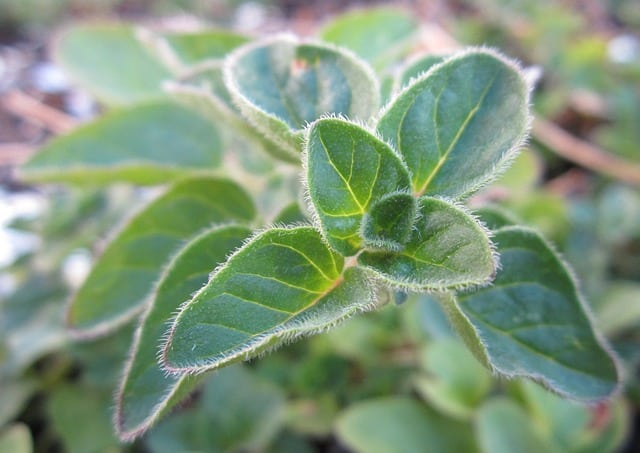
Oregano, a staple in many kitchens, is another herb that thrives in cooler temperatures. Plant it in well-drained soil, ensuring it has full sunlight. Space plants 12-18 inches apart, allowing for its natural spreading habit. Oregano is resilient and can tolerate frost, making it an excellent herb to plant in November. Its robust flavor enhances a variety of dishes and can be harvested fresh or dried for later use.
Sage
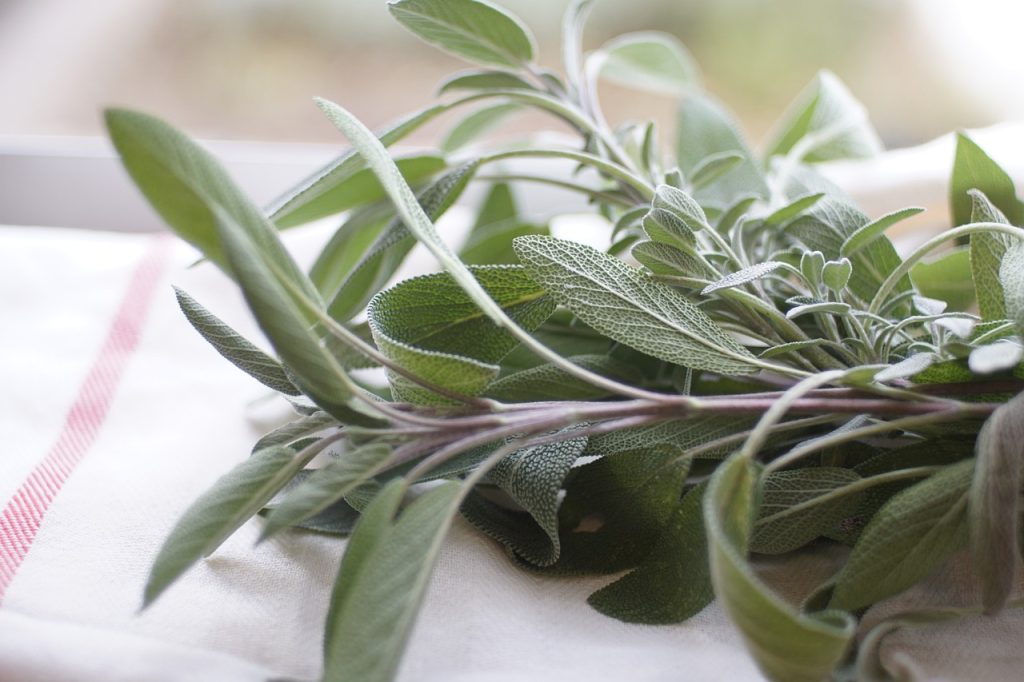
Sage is a versatile herb that can be sown in November in Zone 6. It thrives in full sun with well-drained soil. Plant sage seeds approximately 1/4 inch deep and keep them spaced about 18 inches apart. Sage is hardy enough to survive winter with adequate protection and can be harvested in early spring, producing a unique flavor profile that complements numerous culinary delights.
Cilantro
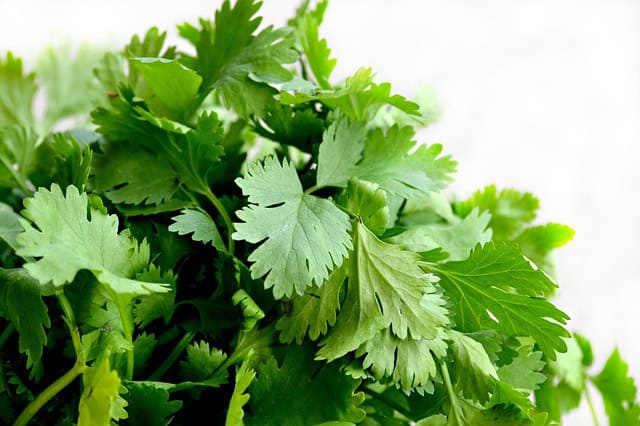
Cilantro, known for its distinctive flavor, can also be planted in November. It prefers cooler temperatures and can thrive in well-drained soils. Space seeds 2 inches apart, and plant them about ¼ inch deep. If planted in early November, cilantro can be harvested early in spring. However, it is essential to consider that cilantro might bolt as temperatures rise, so plan to harvest it as soon as possible.
Dill
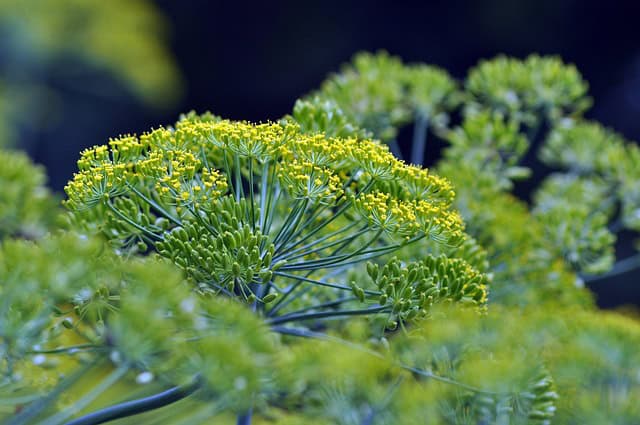
Dill is an annual herb best planted in well-drained soil with plenty of sunlight. Sow seeds about ½ inch deep and 12 inches apart. Dill is somewhat frost-tolerant, making it suitable for late fall planting. Harvest dill before flowering for the best flavor, and utilize its leaves and seeds in various culinary applications. This fast-growing herb can be a remarkable addition to your November garden.
Fennel
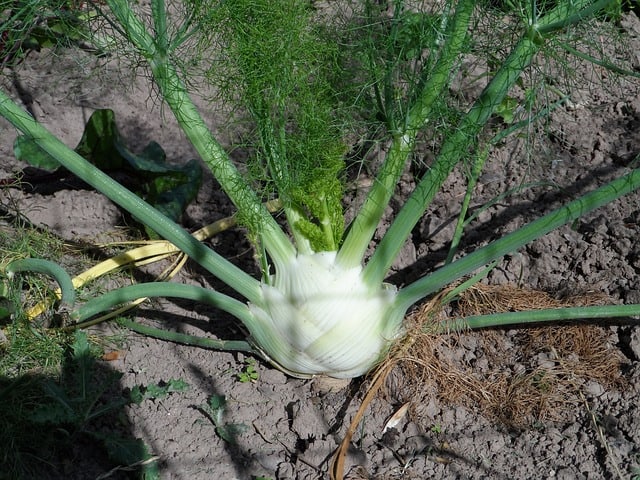
Fennel can also be successfully planted in Zone 6 during November, particularly if choosing cold-hardy varieties. It thrives in full sun and well-draining soil. Space seeds approximately 12 inches apart, ensuring enough room for bulbs to develop. Fennel can withstand mild frost and is cherished both for its culinary uses and as an ornamental plant in the garden.
Mint
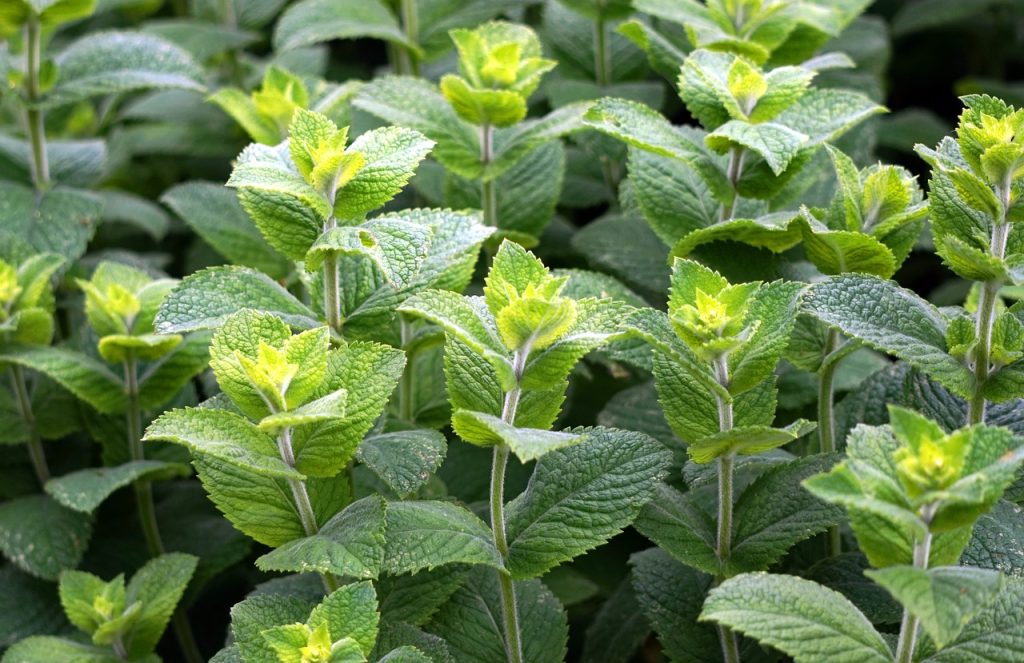
Mint can flourish in the cool conditions of November, breaking dormancy as temperatures rise. To avoid its aggressive spreading, plant in containers or dedicate a specific area in your garden with keeping in mind that it prefers partial shade. Seeds should be planted about ¼ inch deep, with a spacing of about 12 inches apart. Mint is refreshing and versatile in both culinary dishes and drinks.
Tarragon
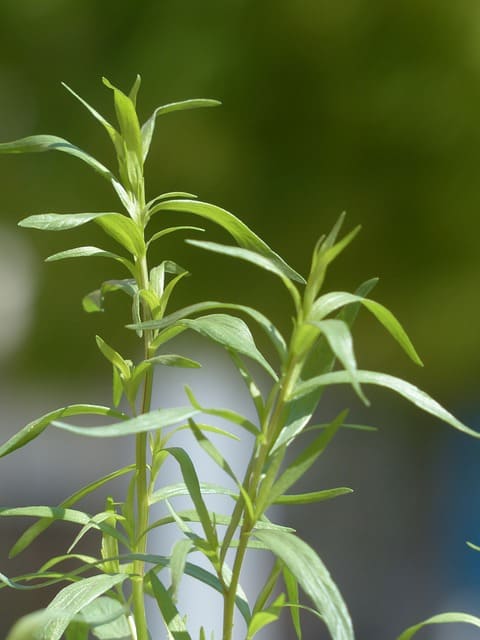
Tarragon is a unique herb, appreciated for its anise-like flavor. It can be planted in well-drained soil and prefers full sun. Space plants about 12-18 inches apart for optimal growth. Hardy to some frost, tarragon will establish roots throughout winter and reward you with lush growth in the spring, providing delightful leaves for culinary dishes.
Landscape Plants To Plant In November
Trees
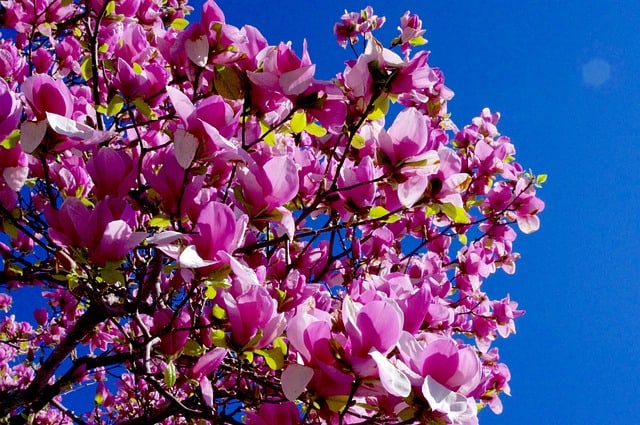
Maple Trees
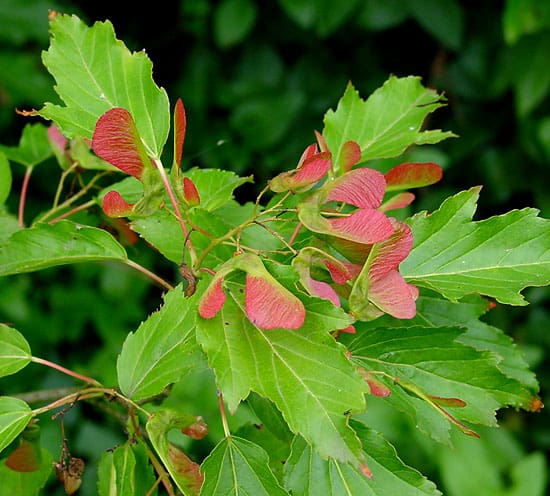
Maple trees are excellent candidates for November planting in Zone 6. These deciduous trees can survive cold temperatures and have a reputation for their spectacular fall colors. Ensure they are planted in well-drained soil and watered adequately. Space maple trees 30-50 feet apart, depending on the variety. This planting time allows for the establishment of roots, promising a vibrant display in the years to come.
Oak Trees

Planting oak trees in November provides the advantage of ensuring they establish a robust root system before winter. Oaks are hardy and can tolerate freezing temperatures. It’s crucial to select a well-drained site, with ample sunlight. Oaks require enough space (often over 50 feet) to grow, so plan their placement accordingly. They provide significant shade and add value to your landscape over their long lifespans.
Dogwood Trees
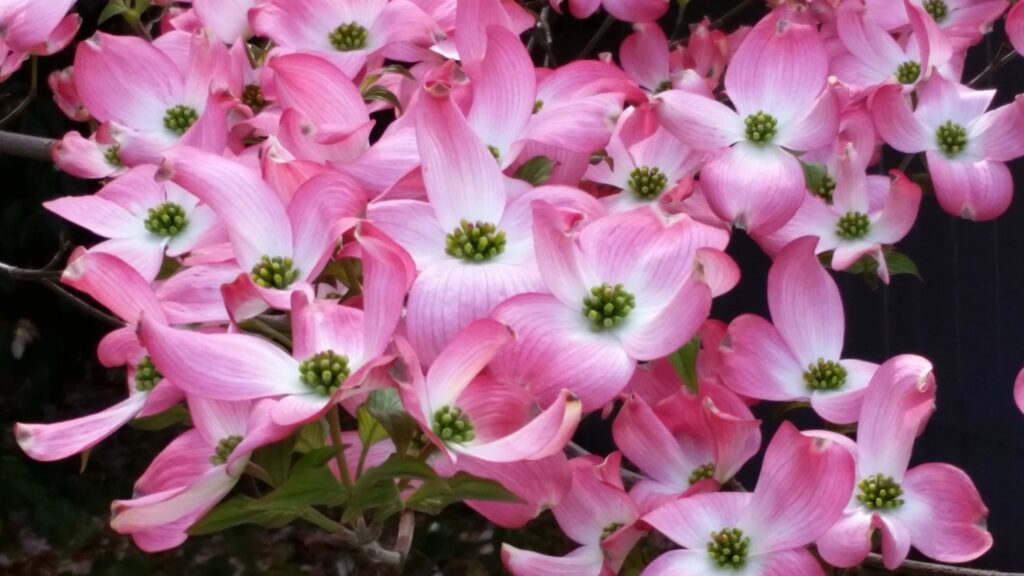
Flowering dogwoods are an excellent landscape addition that can be planted in November. They thrive in well-drained, moist soil and prefer partial shade. Space them 20-30 feet apart for optimal growth. Dogwoods can handle cooler temperatures, establishing roots effectively before winter. In the spring, they reward homeowners with stunning blossoms, brightening up any landscape.
Shrubs
Hydrangeas
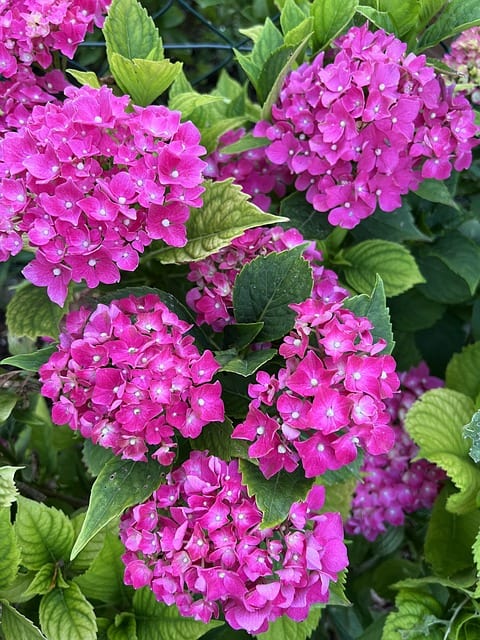
Hydrangeas can be planted in November in Zone 6, allowing for root establishment before winter dormancy. They thrive in moist, well-drained soil and prefer partial sun. Hydrangeas should be spaced 3-6 feet apart, depending on the type. These shrubs produce lovely, vibrant blooms in the summer, ensuring your landscape is adorned with stunning color.
Rhododendron
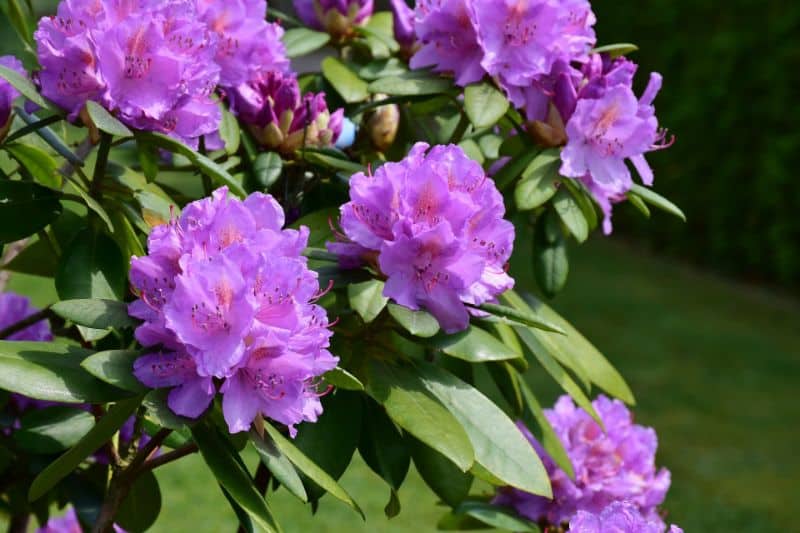
Rhododendrons are another excellent choice for November planting. These shrubs bloom beautifully in spring, enhancing your landscape with vibrant flowers. They prefer acidic soil and partial shade and should be spaced 3-6 feet apart. Properly planted before the cold, rhododendrons will establish themselves, promising a grand display of blooms the following spring.
Holly
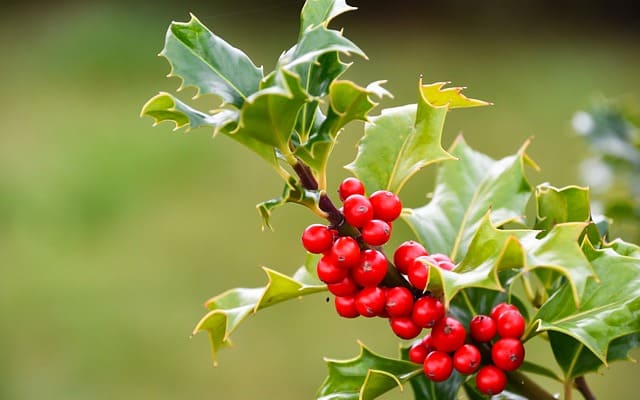
Holly bushes can be planted in November, providing year-round interest in your landscape. They thrive in various soil types, require full sun to partial shade, and should be spaced 5-15 feet apart depending on the variety. Holly bushes produce bright red berries in winter, perfect for attracting birds and adding festive flair to your garden.
Berry-Producing Shrubs
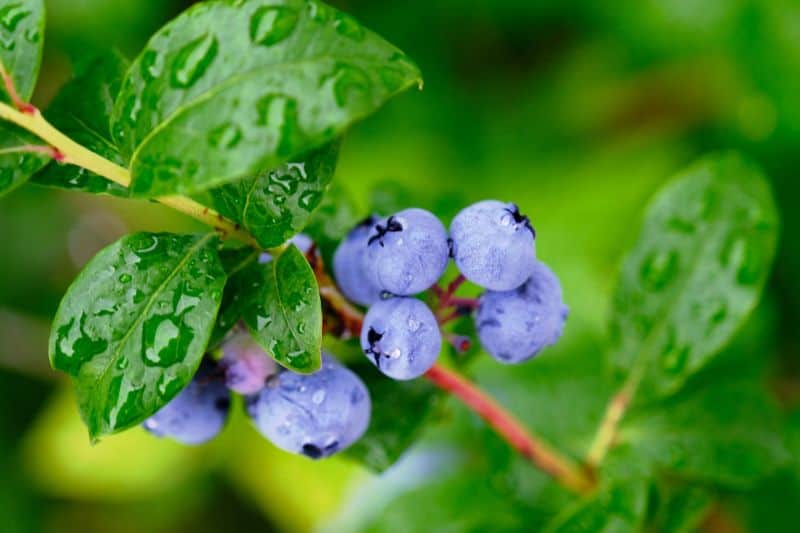
Consider planting berry-producing shrubs such as blueberries and blackberries in Zone 6 in November. These shrubs thrive in well-drained, acidic soil and can withstand cold temperatures. Space them 4-6 feet apart for optimal growth. In late spring or early summer, you’ll enjoy a bountiful harvest of delicious berries, perfect for fresh consumption or preservation.
Perennials
Peonies
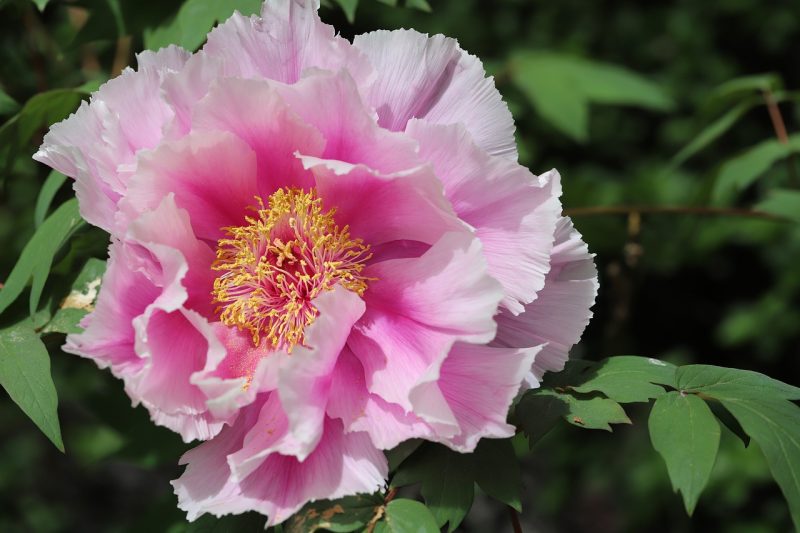
Peonies, loved for their breathtaking blooms, can be easily planted in November. They thrive in full sun with well-drained soil and should be spaced about 3 feet apart. Once planted, peonies will establish roots throughout the winter, producing beautiful, fragrant blooms the following spring. This hardy perennial is a staple in many gardens, providing delightful colors and fragrances.
Daylilies
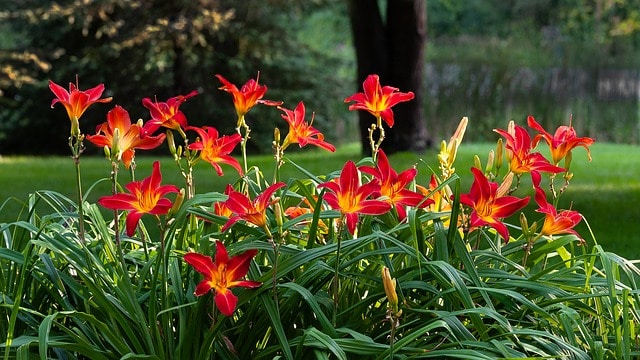
Daylilies are versatile perennials known for their hardiness and vibrant blooms. Plant them in November for early spring growth, ideally in full sun or partial shade. Space daylilies about 18-24 inches apart in loamy, well-drained soil. Once established, they require minimal care and offer vibrant color from late spring through summer.
Lavender
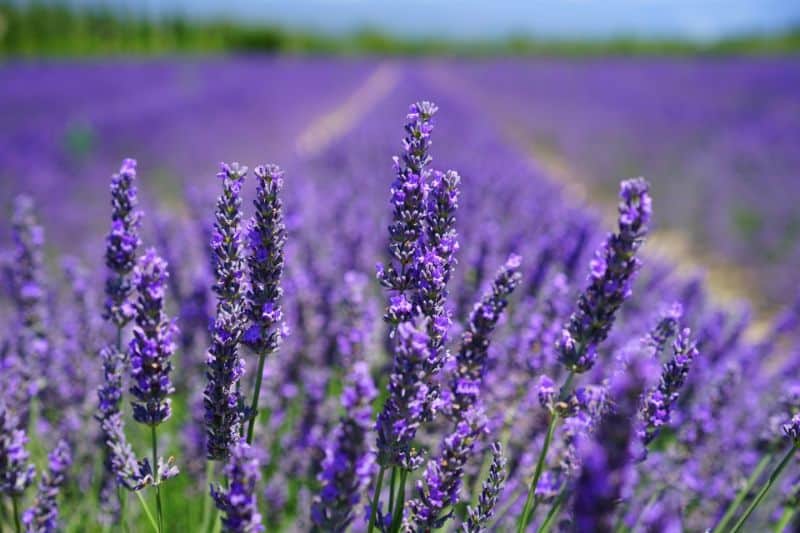
Lavender is a unique perennial that can thrive even with colder temperatures if planted in November. The plant prefers well-drained, sandy soils and sunny locations, so be sure to take this into account while planting. Space lavender plants 18-24 inches apart to allow for airflow. Once established, this aromatic herb is drought-resistant and will reward you with fragrant blooms and culinary use for years to come.
Coneflowers
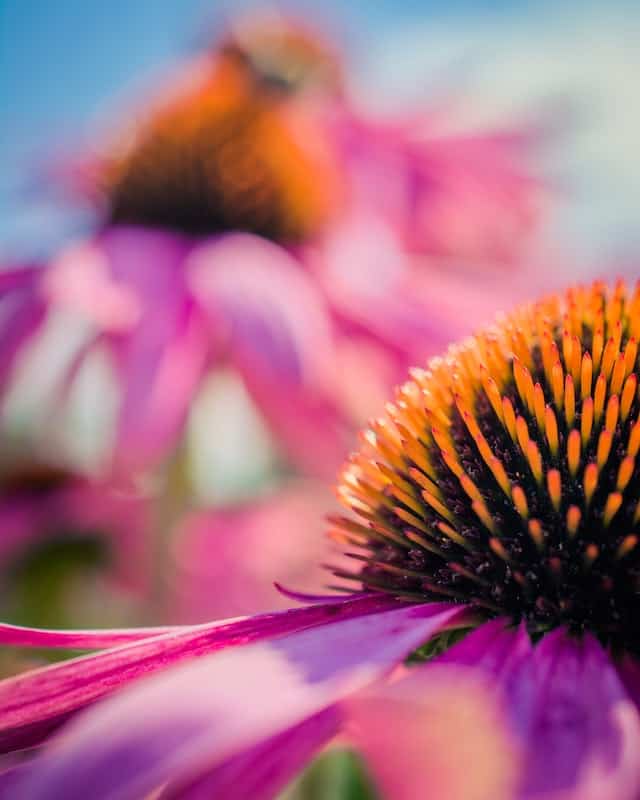
Coneflowers are fantastic perennials that can be planted in November. They thrive in well-drained, dry soils and prefer full sun. Spacing should be about 2-3 feet apart, as they can spread out. Once planted, coneflowers will establish themselves and produce vibrant blooms in early summer, attracting pollinators and adding beauty to your garden.


